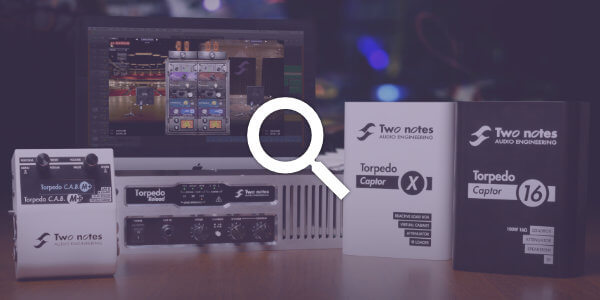Welcome to every recording engineers worst nightmare, welcome to what was first called the Fletcher-Munson curves, or is scientifically known as the equal loudness contour, these days called the ISO 226:2003 or in my case, the “oh you bas***d”.
The human ear and hearing, according to our brain, is a weird thing. Granted it is a marvellous thing, but at the same time, it’s weird. Evolution has made us focus in to certain frequencies because of our primary way of communicating, and this has, does, cause a lot of issues when we discuss tone within the mix of a song/band.
Due to this phenomenon our perception of how music is sitting within the frequency spectrum changes according to loudness, so, when we turn the sound up, the mix and how our instrument sits within it appears to change. So, you are not going mad, you are just “enjoying” a quirk of the human brain.
Here is a basic rundown of what happens, according to your brain, due to differences in volumes.
Low volume levels.
The mid range frequencies appear to be more prominent, and the highs and lows appear to be fading away into the background.
At higher volume levels.
The mids seem to fall back, the EQ appears to be more scooped and the lows and highs are far more obvious.
… and all this is happening while nothing changes on the EQ curve, or anything else, it is just your brain attempting to center in on the frequencies most associated with the human voice at quieter volumes.
What is the answer to get round this, well – unfortunately, there isn’t one. There is no secret way of beating it, you have to put your tone in a mix in the place it sounds best at all volumes, however – and think about this – when was the last time you heard someone say “What a track! What a song! Turn it down, immediately!” – I would wager that this doesn’t happen often, so make sure you finalise your mix loud as that is how the people who properly hear your music will listen to it.





 Terms and Conditions apply
Terms and Conditions apply